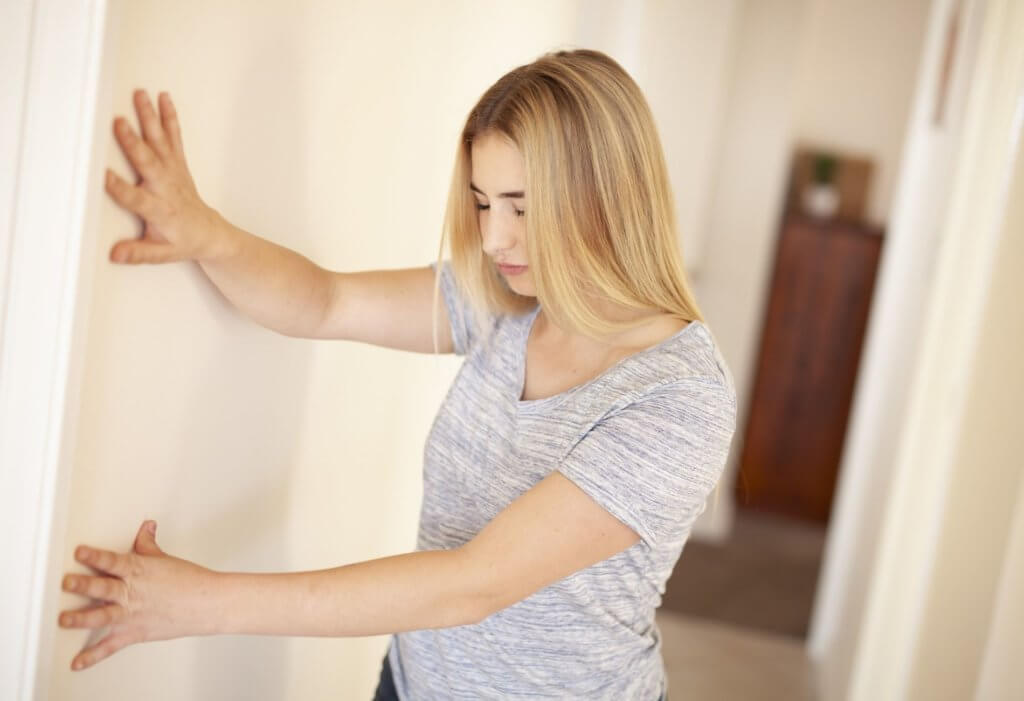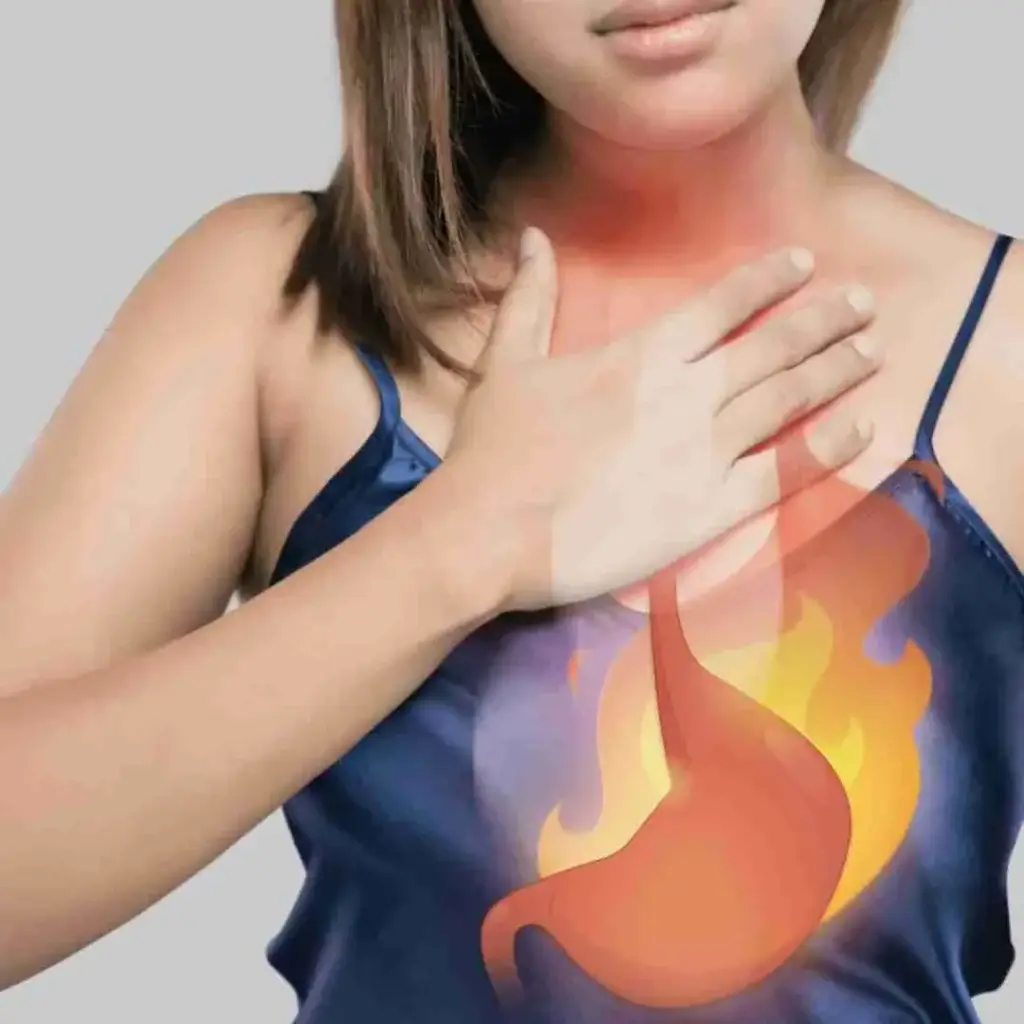Vestibular migraine is considered one of the most common causes of recurrent spontaneous vertigo attacks. Because of the broad spectrum of symptoms with or without headache, it is not always a clear-cut diagnosis and experts believe vestibular migraine is often underdiagnosed.
What are vestibular migraines?
The term “vestibular migraine” is not a real medical classification. A more accurate description would be migraine with vestibular symptoms.
The vestibular system in the inner ear, is one that maintains balance and equilibrium. Therefore vestibular symptoms are dizziness, vertigo (a sense of spinning or motion when at rest), or loss of balance and disequilibrium.
Basilar migraines can also present with vertigo and tinnitus. Menieres disease (a condition with similar symptoms) is often diagnosed when in fact the patient my be experiencing migraines with symptoms of vestibular disorder. It is known that people with migraines are more apt to experience Menieres and vice versa.
Up to 40 percent of migraine sufferers experience vestibular symptoms, a migraine ‘side effect’ that can make you feel like the room is spinning around you or cause severe dizzy spells that may leave you unable to get up from your bed.
Almost everybody has had a headache before, but when they happen too frequently, it can be a sign of a bigger disorder. One of the most common types of headache disorder is migraine, which affects over 12 percent of the population regardless of their age, gender, or ethnicity.
Migraine headaches are characterized by severe pain (usually in one side of the head), but many people experience other symptoms like an upset stomach, light and sound sensitivity, fatigue, and more. There are also several subtypes of migraines, sometimes called syndromes, which may have their own set of signs and symptoms that often need to be treated separately.
Vestibular migraines are a migraine subtype that causes episodes of vertigo, dizziness, light-headedness, and more. While this syndrome seems to be fairly common among migraineurs – some experts estimate that up to 40 percent of migraine sufferers have vestibular symptoms – it is significantly underdiagnosed. In fact, one research study conducted at a Center for Vertigo and Balance Disorders in Switzerland found that even though doctors had initially suspected vestibular migraines in only 1.8% of their young patients, 20% of patients were eventually diagnosed with this type of migraine.
What causes vestibular migraines?
Experts aren’t completely sure what causes vestibular migraines. Like most headache disorders, vestibular migraines seem to run in families, though that’s not always the case. Many of the same risk factors that trigger migraines can also set off a vestibular migraine, including:
- Stress
- Dehydration
- Hormonal changes
- Sleep deprivation
- Certain foods and drinks like caffeine, red wine, aged cheese, monosodium glutamate (MSG), etc.
The term ‘vestibular’ stems from the word vestibule, which is the central part of the bonny labyrinth in the inner ear. Together with a structure called the semicircular canal, the vestibular system helps control your sense of balance and eye movements. Non-migraine-related vestibular disorders can happen as a result of infections, head trauma, aging, and genetic or environmental factors.
Vestibular migraine symptoms

Vestibular symptoms can happen before, during, or after a migraine, though most migraineurs report experiencing these types of symptoms without headaches. The main symptoms of vestibular migraines are vertigo – a sensation of spinning or losing your balance even if you are not moving – and dizziness that lasts more than a few seconds.
Other symptoms of vestibular migraine include feelings of disorientation, confusion, motion sickness when you move your head, eyes or body, light-headedness, and nausea or vomiting. If you have a vestibular episode during a migraine attack, you may also experience classic migraine symptoms like throbbing or pulsating pain in one side of your head, blurry vision, photosensitivity, neck pain, etc.
Vestibular Migraine Symptom Checklist:
Vertigo – a sense that you or your surroundings are spinning
Disequilibrium – being unstable on your feet, feeling like the ground is moving beneath you, swaying, rocking, or tilting
Disassociative symptoms – derealization, disconnection from the environment around you, depersonalization or disconnection from your body
Ataxia – lack of coordination, difficulty walking
Lightheadedness – feeling faint or that you may pass out
Vision dependence – the brain relies too much on visual signals for balance when it is not especially relevant. This is thought to be due to a lack of confidence in vestibular or somatosensory (body sensation) input
Photophobia (sensitivity to light) – an intolerance of light including sunlight, fluorescent light, and LED lighting
Phonophobia (sensitivity to sound) – the tolerance for sounds is significantly reduced and creates discomfort
How are vestibular migraines diagnosed?
Currently, there are no laboratory or imaging tests that can diagnose vestibular migraine. The International Headache Society (IHS), in collaboration with other medical associations, developed a set of diagnostic criteria to help clinicians diagnose and treat this type of migraine. Among other factors, the criteria are based on the patient’s migraine history as well as the frequency and duration of vestibular symptoms.
Tracking your symptoms and recording facts surrounding your episodes in a migraine diary will be helpful information you can provide to a physician to help with an accurate diagnosis. Click here to download a printable migraine diary.
Before diagnosing you with vestibular migraine, your doctor may want to rule out other vestibular disorders, like:
- Benning paroxysmal positional vertigo (BPPV)
- Vestibular neuritis (labyrinthitis)
- Ménière’s disease
- Acoustic neuroma
How are vestibular migraines treated?
Because there is no specific medication that can treat vestibular migraines, doctors usually recommend a combination of abortive and preventive treatments for migraine, vertigo, and other vestibular disorders.
You can reduce the frequency and intensity of your vestibular migraines by eating a healthy diet, keeping good sleeping hygiene, tracking and avoiding your triggers, and managing your stress. For the best nutritional support beneficial to migraine sufferers, consider the dietary supplement Migrelief available in daily and as-need formulas for adults and children age 2+.


